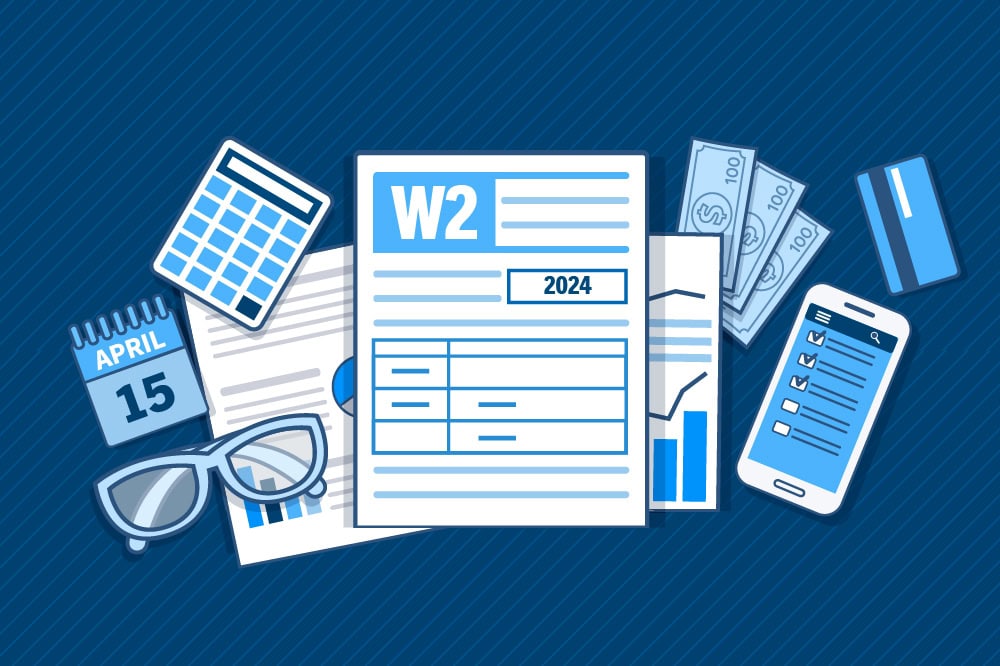The Tax Cuts and Jobs Act (TCJA) was the most significant tax law to be enacted in nearly two decades. The law lowered tax rates for individuals and businesses while overhauling many tax rules. Most of the individual tax provisions and a handful of business provisions are scheduled to expire in the next few years. As the expiration of those provisions nears, decisions about extension — in part or in whole — and the effect on the federal deficit must be considered.
The Congressional Budget Office (CBO) projects that extending the TCJA would increase deficits by $4.6 trillion over 10 years, $0.6 trillion of which would result from additional interest payments. Most of the primary cost would stem from the set of policies that reduced individual income tax payments, including changes to tax brackets and rates, an increased threshold for the alternative minimum tax, and an increase in the standard deduction. The expiring individual income tax provisions also include policies that offset some of the costs. Those provisions include the suspension of deductions for personal exemptions as well as the reduction or repeal of certain itemized deductions such as the state and local tax deduction and the mortgage interest deduction.
The cost of extending expiring business tax provisions would be less than one-sixth the cost of the individual provisions, in large part because the most costly business tax provisions — including the reduced corporate income tax rate — were made permanent when the TCJA was enacted.
The 10-year cost of extending all expiring provisions of the TCJA would be significantly greater than the cost of its initial enactment. CBO projects that the TCJA will increase deficits by $1.6 trillion in the first 10 years after its enactment (2018–2027). The cost of extending the TCJA over the upcoming decade (2025–2034) would total $4.0 trillion — excluding the associated interest costs needed to finance additional borrowing. The extension would significantly increase federal deficits that are already projected to grow over the next 10 years. If enacted, the total cost of a full extension would push deficits past $2.0 trillion in 2027 and $3.0 trillion in 2032, worsening the imbalance between federal spending and revenues.
Most expiring provisions of the TCJA will no longer be in effect after December 31, 2025, which means the Congress and the President have about 18 months to make crucial tax policy decisions. Whether lawmakers choose to let the TCJA provisions expire, extend them, or adopt other tax policies, their decisions will impact families and businesses across the country — as well as our fiscal and economic future. Meanwhile, voters will make their voices heard in the upcoming election, and more than 90 percent of voters say they want to elect leaders who will work to reform the U.S. tax system to improve our fiscal outlook. Such reforms should address the nation’s fiscal challenges, support economic growth, improve the efficiency of the tax code, and ensure tax fairness. Fortunately, a menu of tax policy solutions is available to lawmakers that can help achieve those goals.
Photo by pabradyphoto/Getty Images
Further Reading
Infographic: How the U.S. Tax System Works
One issue that most lawmakers and voters agree on is that our tax system needs reform.
Here’s How No Tax on Overtime Would Affect Federal Revenues and Tax Fairness
Excluding overtime pay from federal taxes would meaningfully worsen the fiscal outlook, while most of the tax benefits would go to the top 20% of taxpayers.
No Taxes on Tips Would Drive Deficits Higher
Eliminating taxes on tips would increase deficits by at least $100 billion over 10 years. It could also could turn out to be a bad deal for many workers.


